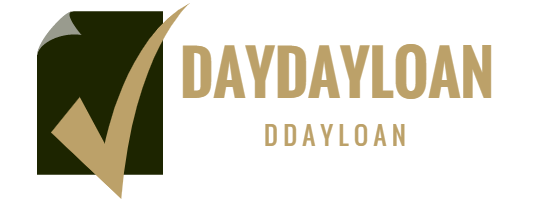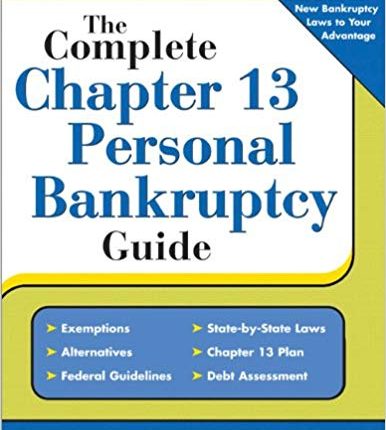The Of Section 13 Personal bankruptcy
Chapter 13 bankruptcy, the web earner’s prepare, or we are able to say restructuring bankruptcy, is very different from Section 7 personal bankruptcy. In a Section 13 individual bankruptcy, you use your earnings to pay off some or perhaps all of your debts to your debt collectors over time — anywhere from 3 to 5 years, according to size of your finances and cash.
Chapter 13 bankruptcy will not be for everyone. Mainly because Chapter 13 requires you to have your income to some or perhaps all of your debts, you’ll have to persuade the judge that you can find the money for to meet your entire payment requirements. If your cash is excessive or lacking, the judge might not let you file for Phase 13. When your total debts burden is actually high, you are also ineligible. A attached debt is definitely one that provides a creditor the right to take a particular item of property, including your house or car if you pay the debt. An unsecured financial debt, such as a mastercard or medical bill) would not give the creditor this correct.
Before you can file for bankruptcy, you must get credit counseling by an agency approved by the United States Trustee’s office. These types of agencies are allowed to charge a fee for their companies, but they must provide guidance free or at decreased rates if you cannot afford to pay.
After completing your guidance, the credit counseling agency will give you a certificate displaying that you satisfied the requirement. To start your personal bankruptcy case, you need to file this certificate while using bankruptcy the courtroom, along with a package contain while using records of what you own personal, earn, are obligated to pay, and use. You’ll also ought to submit the federal duty return with the previous couple of years and resistant that you recorded federal and state taxation statements for the prior four years. And you need to file a Chapter 13 repayment arrange, a most critical paper in Chapter 13 bankruptcy circumstance, showing just how and how very much you will pay off each of the debts in details. You cannot find any official create for the blueprint, but many surfaces have designed their own varieties.
You must set on making repayments under your Phase 13 repayment plan within just 30 days as soon as you file that with the individual bankruptcy court. Generally, you make repayments directly to the bankruptcy trustee. Once the repayment arrange is revealed, the trustee will send the money on your creditors. Assuming you have a regular task with frequent income, the bankruptcy judge may buy that the monthly payments always be automatically subtracted from your earnings and dispatched directly to the bankruptcy judge.
Your Phase 13 Individual bankruptcy plan need to pay specified debts fully. These credit, which include kid support and alimony, salary you owe to employees, and certain taxes obligations, known as priority bad debts. In addition , your plan must include your standard payments upon secured bad debts, as well as repayment of any kind of arrearages in the debts.
The master plan must display that any kind of disposable profits you have remaining after making these necessary payments should go towards paying back your unprotected debts, including credit card or medical expenses. You don’t have to pay back these bad debts in full. You just have to show that you’re putting any kind of remaining profits towards their very own repayment.
The length of your repayment plan will depend on how much you earn and how much you owe. If your average monthly income over the six months prior to the date you filed for bankruptcy is higher than the median income for your state, you’ll have to propose a five-year plan. If your income is lower than the median, you may propose a three-year plan. No matter how much you earn, your plan will end if you repay all of your debts in full, even if you have not yet reached the three- or five-year mark.
If for some reason you cannot finish a Chapter 13 repayment plan the bankruptcy trustee may modify your plan by giving you a gracing period or extending the repayment period or by reducing the monthly payments. If it’s clear that there’s no way you’ll be able to complete the plan because of circumstances beyond your control, the court might let you discharge your debts on the basis of hardship.
Once you complete your repayment plan, all remaining debts that are eligible for discharge will be wiped out. Before you can receive a discharge, you must show the court that you are current on your child support and/or alimony obligations, and that you have completed a budget counseling course with an agency approved by the United States Trustee.

